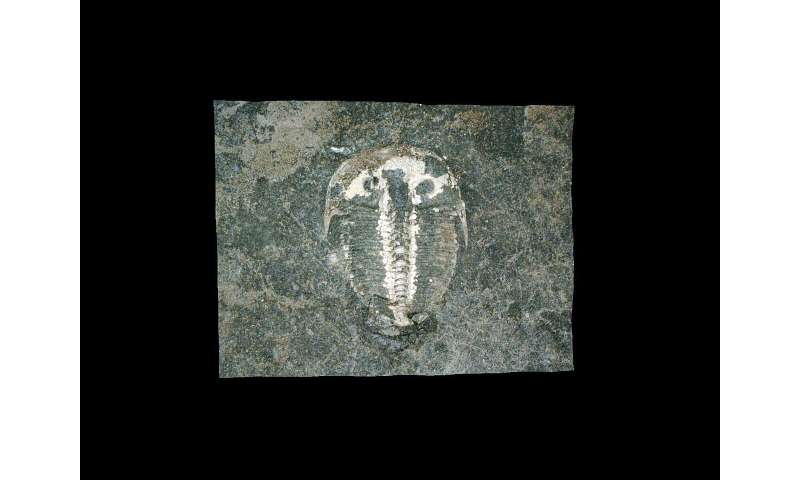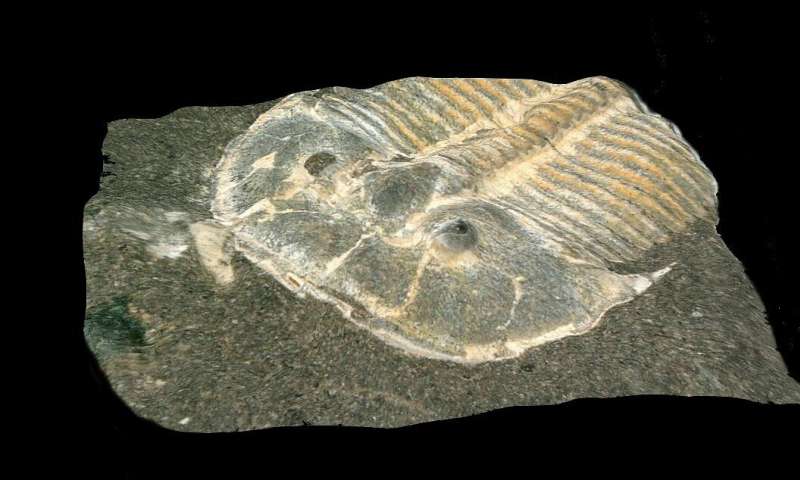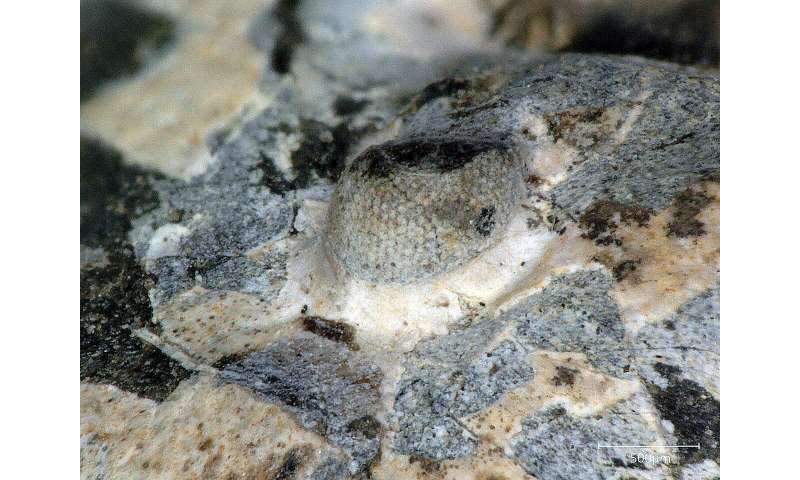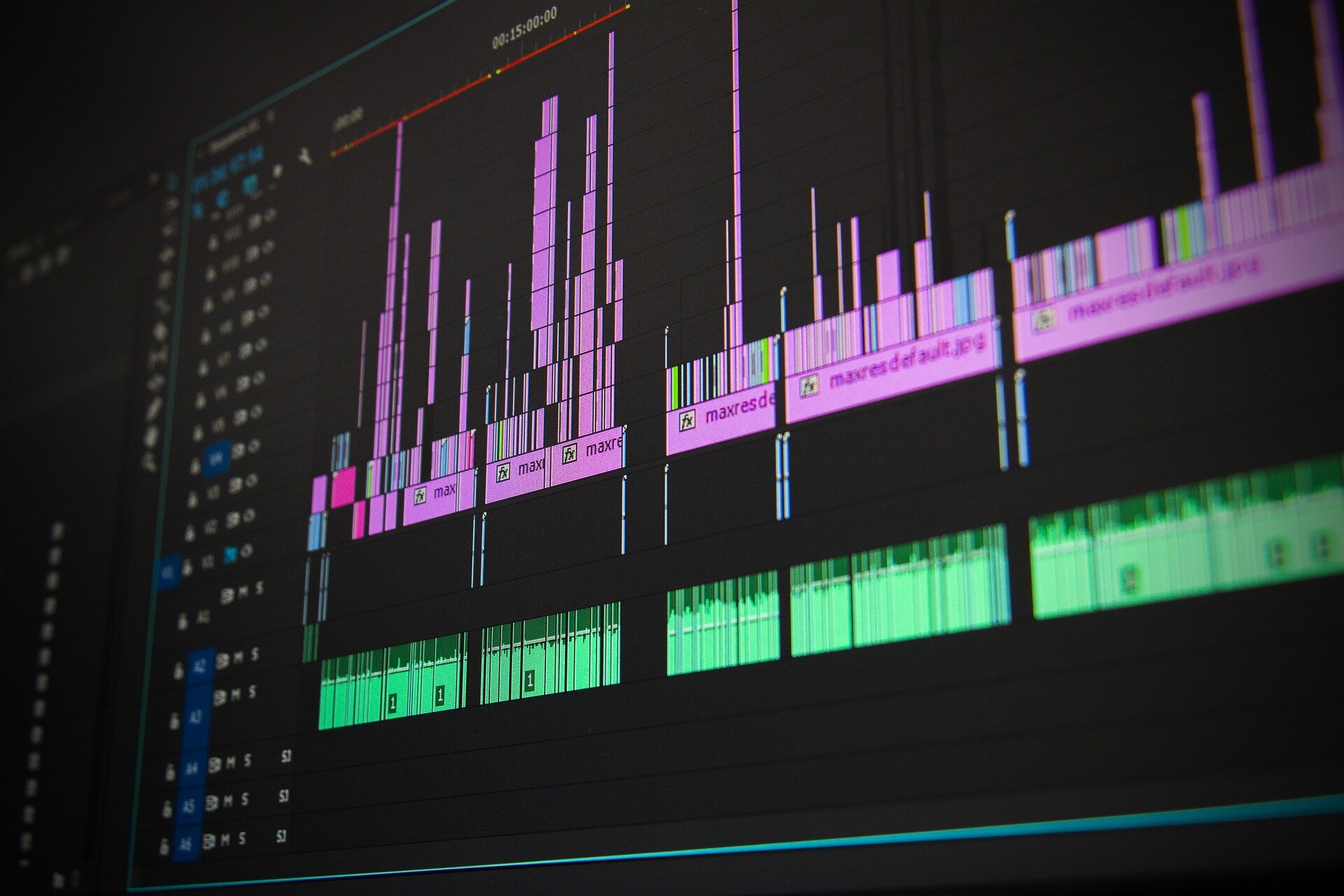#Fossilised 429-mln-year-old eye mirrors modern insect vision
“#Fossilised 429-mln-year-old eye mirrors modern insect vision”

An exquisitely well preserved 429-million-year-old eye from a marine creature that went extinct before dinosaurs even existed had vision comparable to modern-day bees and dragonflies, researchers said Thursday.
Fossilized trilobites, formidable-looking arthropods with segmented bodies and sturdy exoskeletons, are found all over the world.
The creatures crawled across ancient seabeds during the Paleozoic Era, which came to and end about 252 million years ago during the “great dying”, an extinction event that wiped out 95 percent of life on Earth.
The specimen detailed in the journal Scientific Reports is just one to two millimeters high and has two protruding semi-oval eyes on the back of its head, one of which had broken off.
Using digital microscopy, researchers from Germany and Britain found internal structures remarkably similar to those of the compound eyes of modern insects and crustaceans, which see through a honeycomb of small lenses each with a separate visual unit that takes in a small patch of light.
“In this little trilobite, the compound eye is almost the same as that of bees, dragonflies of today, and many modern diurnal (day active) crustaceans,” said co-author Brigitte Schoenemann, of the zoology department at the University of Cologne.

“So this system seems to be very efficient, very old,” she told AFP.
While it was previously known that trilobites had these compound eyes, older specimens had “slit formed” eyes, “just scanning the horizon” and without lenses on the visual units.
“In this trilobite the view widens, the eye also looks partly upwards,” she said.
Human eyes have a single lens and tens of millions of light-sensitive cells, giving an advanced level of image formation.
Schoenemann said that in a compound eye, each visual unit works separately to provide a single pixel, “like in a computer graphic”.
The trilobite studied had just 200 of these, giving it a mosaic vision that would have enabled it to see “obstacles, shelters” and most importantly, predators like the ancient cephalopod—distant ancestor of the nautilus and octopus.

For comparison, she said the honey bee has several thousand of these “pixels”, while a dragonfly has up to 30,000 per eye.
“So the resolution differs, but not the functional principle.”
Because each of the lenses in the trilobite’s eye was small (35 micrometers in diameter), the researchers concluded that it lived in shallow, light-flooded waters, like certain modern-day shore crabs.
‘Breathtaking’
The trilobite in question was first discovered in 1846 near Lodenice, in the Czech Republic.
Schoenemann said the specimen was not otherwise unusual, suggesting that further study of existing fossils may uncover delicate structures that until recently were assumed to have disappeared over time.
“I simply liked this trilobite with its big head, and big eyes. But when I looked through the microscope, it was breathtaking what I saw,” she said.
“Not long ago people still thought that in fossils just teeth, bones and such could be preserved, but never cellular structures. This has changed obviously.”
Trilobites first started to appear during the so-called Cambrian Explosion—a surge in biological diversity more than half-a-billion years ago—and they populated the oceans for some 250 million years.
Dinosaurs emerged later and survived for some 180 million years.
More information:
Insights into a 429-million-year-old compound eye, Scientific Reports (2020). DOI: 10.1038/s41598-020-69219-0 , www.nature.com/articles/s41598-020-69219-0
© 2020 AFP
Fossilised 429-mln-year-old eye mirrors modern insect vision (2020, August 13)
retrieved 13 August 2020
from https://phys.org/news/2020-08-million-year-old-eye-view-trilobite-life.html
This document is subject to copyright. Apart from any fair dealing for the purpose of private study or research, no
part may be reproduced without the written permission. The content is provided for information purposes only.
If you want to read more Like this articles, you can visit our Science category.
if you want to watch Movies or Tv Shows go to Dizi.BuradaBiliyorum.Com for forums sites go to Forum.BuradaBiliyorum.Com



